Ask anyone who’s tried it. Bringing natural elements to playgrounds is as they say … “muy dificil”. Let’s take a look at the obstacles systematically and then try to tease out design, programs and policies that will make “natural” play spaces more readily achievable and thus also more widespread.
The Obstacles
Wear and Tear
Nature may abhor a vacuum but it’s also not too chummy with thousands of little feet, grasping fingers, and inquiring minds. Turning over a rock to discover the creatures living underneath is lots of fun. Doing it again and again, not as much fun since most of the residents will have moved out.
A playground is an activity center, the place where people, in this case kids, gather and we want that particular dynamic for various reasons. Small areas are easier to enrich with equipment, amenities, and safety features. Small play spaces help children who do not know each other to have the opportunity to interact and become friends. Small spaces are easier to supervise as well which is a comfort for parents of small children.
The concern about overuse is not restricted to playgrounds. Most natural areas such as state and national parks have restrictions on where people can go and what they can do when they get there.
Water
Nothing is more important, in terms of play value, than water. At the same time nothing is more demanding to implement. You know the litany: sanitation, drainage, slip and fall, excessive use, and cost.
Providing for water play can range from simply creating access to existing water on the site to using a commercial apparatus. Fully detailing out all of the choices is really a book length exercise and we can’t plumb those depths here. Perhaps the best way to start is to think about what is currently available and what are your options and then start an Internet image search. Paige Johnson’s Playscapes blog is one of the very best resources. https://www.pinterest.com/playscapesblog/water-playscapes/
Once you see some things you like you can visit the respective websites where the images are posted and you will often find resources that will help replicate the good ideas that have been found.
Dirt
While water as a play medium is fairly well understood, access to dirt play is a complete unknown. Well, unknown as far as park and playground design is concerned, but not unknown to kids. Remember the phrase, “Digging a hole to China.” Or making roads for toy vehicles and combining water and dirt to make poison potions.
As children, most of us had almost constant access to dirt. That is no longer the case in many places, especially those that are more urbanized. While fewer and fewer kids get to play in the dirt, science is finding out more and more about the importance of having contact with dirt frequently and at a very young age.
It turns out that dirt, or more properly, soil is a living thing with trillions of bacteria and hundreds of species in every scoop. Ingesting these microorganisms is essential for creating a healthy digestive system. This is especially true nowadays when antibiotics, which kill the gut microbiome, are rampantly over prescribed. If the pace of discovery continues it will not be long before access to soil will become a health priority.
Standards
Does a boulder need a fall zone? Does a tree need a landing surface? Is the branch on this bush an entrapment hazard? Do you have to provide ADA access to the top of a grassy mound?
Yes, lawsuits can and have been filed over such questions. That being said, I don’t know of any case where there was a judgment against a municipal agency from a nature play related injury. Let’s face it, a park department’s middle name is ‘risk’, from skateparks to soccer leagues, there isn’t anything more consistent than people getting hurt while recreating.
In my experience, injury judgments almost always come down to negligence. Keep trees from having falling limbs and warn folks about the risks they may encounter, but using exposure to claims is a poor excuse for not providing the very best recreational experience we can devise.
Maintenance
A well trained staff is essential to prevent the exposures noted above. However, they may not be able to maintain features in the environment for which they have not been trained. Creative designers always have some great ideas but all they do is write the specs, they don’t provide a maintenance manual.
Going au natural on the playground can bring a world of hurt to park administrators. They can expect push back from the staff who may be rightly concerned that they don’t feel qualified to spot potential problems or to correct them. They can expect new and unbudgeted expenses for tools and equipment. And because we are talking about something that is as much a garden as it is a playground there will be constant change rather than the one-and-done of a hardscape only playground so constant vigilance is required.
Expectations
In some communities there will be residents who will fall all over themselves with praise for a nature infused play space. But just as predictable, there will be blowback from those who go to the playground expecting a specific kind of experience. “Where are the swings?”, “My kid came home dirty!”, “There was nothing fun to do.” And on and on.
Strange, but you don’t hear the same complaints when the family comes back from a day at the beach or along the riverside. That’s because they know what to expect and come prepared for a natural experience. Plopping down a naturalistic playground without a massive effort to involve and educate the public is a prescription for disaster.
Solutions
Nature Play & Learning Places
The best way to start the process of greening your playgrounds is to get connected with the Natural Learning Initiative. https://naturalearning.org They have just held their ninth annual Growing IN Place Symposiums focused on the urban community and neighborhood design for sustainable health and wellbeing of children, youth, and families, and Planet Earth, in the 21st century. The speakers and breakout sessions will give you direct access to some of the most knowledgeable experts in the field.
If starting right away, rather than waiting a year, download (free) or buy ($24.95) Nature Play and Learning Spaces. https://natureplayandlearningplaces.org These national guidelines were created through a partnership between the National Wildlife Federation http://www.nwf.org/What-We-Do/Kids-and-Nature/Programs/Nature-Play-Spac… and the Natural Learning Initiative https://naturalearning.org to bring nature play and learning to every community. It is an ideal and comprehensive handbook for those who create, manage, or promote the development of nature in the everyday environments of children, youth, and families, especially in urban/suburban communities.

Big Spaces
The very best way to solve the overuse issue is with space. The bigger the play space the less impact on any specific area. Oh sure, you say, I’ve got tons of unused space I can devote to a naturalistic playground. Well, in fact you do. You have all sorts of manicured spaces from ball fields to golf courses. These recreation spaces have been in place for decades without a critical review of their value to the community while the use patterns have changed over time.
I’m not kidding about converting your golf course. The number of Americans who said they played golf at least once last year has fallen to one of its lowest point in years, Sports & Fitness Industry Association data show. Even worse for the sport’s future: The number of young people, aged 18 to 30, playing the game has sagged nearly 35 percent over the last decade. Can you really continue to justify the expenses and resources demanded by a dying sport? If you run the numbers you will quickly see that the cost of reverting the course back to nature will pay for itself in a very few years.
Nature Itself
Most long time gardeners know that the garden will teach you how to be successful. By watching to see what thrives and which plants struggle the gardener learns what is best suited for each particular microhabitat. A naturalistic play space is no different and should be considered a living and evolving thing. This in turn suggests that the caretakers need to be keen observers and have the resources to adapt the environment over time to one that it truly self-sustaining.
Just because we know that the natural play space will change over time doesn’t mean that they shouldn’t be planned with both deep consideration to what is likely to grow successfully, but also which plants have a lot of play value. The US Department of Agriculture has a searchable database http://planthardiness.ars.usda.gov/PHZMWeb that is a great guide to what grows in your area. Combining that resource with Plants for Play: A Plant Selection Guide for Children’s Outdoor Environments by Robin C. Moore and you will be off to a great start.
Abundance
While the Plants for Play book is a great resource there are some considerations that are go beyond play value and growth patterns and are non-obvious. For example, one of the goals of a naturalized play space is to design for what kids do automatically, i.e. pick the flowers. This penchant is as predictable as the day follows the night. The best way to deal with this is to select a significant percentage of the plant material that is extremely robust and prolific. There are grasses for example that actually like to be cropped, as they would be naturally from herbivores, and spread accordingly. Sourgrass, aka Common Yellow Woodsorrel, has beautiful yellow flowers, which along with the leaves and green pods are edible. Unlike most wildflowers, when picked the flowers will last several days in water. The wild onion, Allium triquetrum, is another prolific plant that kids love because it tastes and smells like onion. Mint is another perennial favorite for kids.
What do all of these plants have in common beyond robustness and play value? They are very invasive weeds which are not exactly well aligned with the natural qualities you will be attempting to foster. The ones mentioned above are so aggressive that even containerization is not a barrier to their proliferation.
The point here is that you will certainly run into this design challenge of conflicting goals and benefits and there will be several others that are equally complex. The planning process needs to take this into consideration and allow sufficient time and resources to sort through all the considerations. It is also important that in promoting the project you don’t over promise or paint too specific a picture of the project so you will have design flexibility.
Interest Nodes
Even if you have acres to work with, the most sensitive areas may experience more use than they should get in order to thrive. The way to minimize that impact is by creating specific areas that predictably attract the most use. Such interest nodes can be elevated areas like climbable trees, rocks, and hills. Accessible water with playable features such as a fallen tree bridge or stepping stones will get lots of action. Hideouts, like a willow “teepee” are very appealing. Providing shovels and tillable soil gets the kids into the dirt. Creating all of these and more will significantly reduce the impact on the surrounding areas that have nothing more going for them play-wise than that they are alive.

Community Gardens
New York City and a number of other cities have experimented with combining play areas and community gardens and these have been shown to synergize each other with the children getting to know about growing food and the gardeners coming to enjoy having children around. Such synergy will be even more positive when community gardens are part of a naturalistic play space. For one thing, the garden is a perfect place to allow the children to play in the dirt.
It is estimated that over the next 25 years America will need over 700,000 new farmers and, because the average age of today’s farmers is 58 and they are beyond child bearing, so many of those new farmers will have to come from cities. With industrial farming becoming a problem and organic practices on the rise we will need even more farmers per acre than we do now. It is pretty clear that getting kids into soil will soon become a national priority and providing a way for city kids to access to dirt is a logical first step.
Stewards
These days public-private partnerships are the most effective way to get things done. A nature-based play space will benefit from maximizing community engagement from the very beginning. The logical place to start is with groups that focus on nature such as the Audubon Society. Branching out to garden clubs and schools begins to expand the conversation. As the concept and plan gains traction, service clubs like Rotary and Kiwanis are always ready to get involved.
The goal in this outreach effort is not just to get acceptance of the project, ideas, funding, and builders, but to also begin to recruit potential stewards and docents to staff the play space going forward. There is an old saying that there are no gardens without gardeners and a natural play space is really like a garden in its development, use, and maintenance. Approaching the project much as you would developing a community garden is really smart.
New staff
Since a natural play space is a whole new concept you may have better success by hiring staff with a background in, and proclivity for, nature. For example, if converting a golf course, some of the former course employees may have the requisite skill sets but, more than likely, most of them won’t.
Manufactured Nature
There is a role in some situations for manufactured elements in a naturalistic play space. In general, the smaller the play space and the greater the expected number of visitors the more you will have to rely on ‘hardscape’ rather than ‘naturescape’.
Even if you have to turn to manufactured elements you can make selections which have at least some of the qualities that real nature provides. For example, the precast concrete rock climbers from UPC Parks http://www.upcparks.com/rocks-&-ropes.html have the same texture and thermal qualities of sandstone and are much more climbable than a rotocast plastic “rock.” KuKuk http://www.zumkukuk.de is a fascinating company in Germany that produces the majority of its play apparatus using real trees. There are probably enough potential clients here in the U.S. that they could open up a branch here or we may see a startup come into the market.
The Natural Learning Initiative collaborated with PlayCore to produce a help guide, NatureGrounds http://www.naturegrounds.org , that provides excellent information on the selection of plant materials and integration of nature into play spaces and this is a great place to start.
Climate Change
There is very little doubt now that climate change is real and the impacts are coming sooner and harder than was expected. People are concerned about the future, about the use of resources, and learning to live more in-tune with nature. While this is a serious issue, it is also an opportunity. By creating at least one natural play space in your system, you will be providing children and families an opportunity to reconnect with the living world.
And isn’t that what being a Playground Professional is all about?


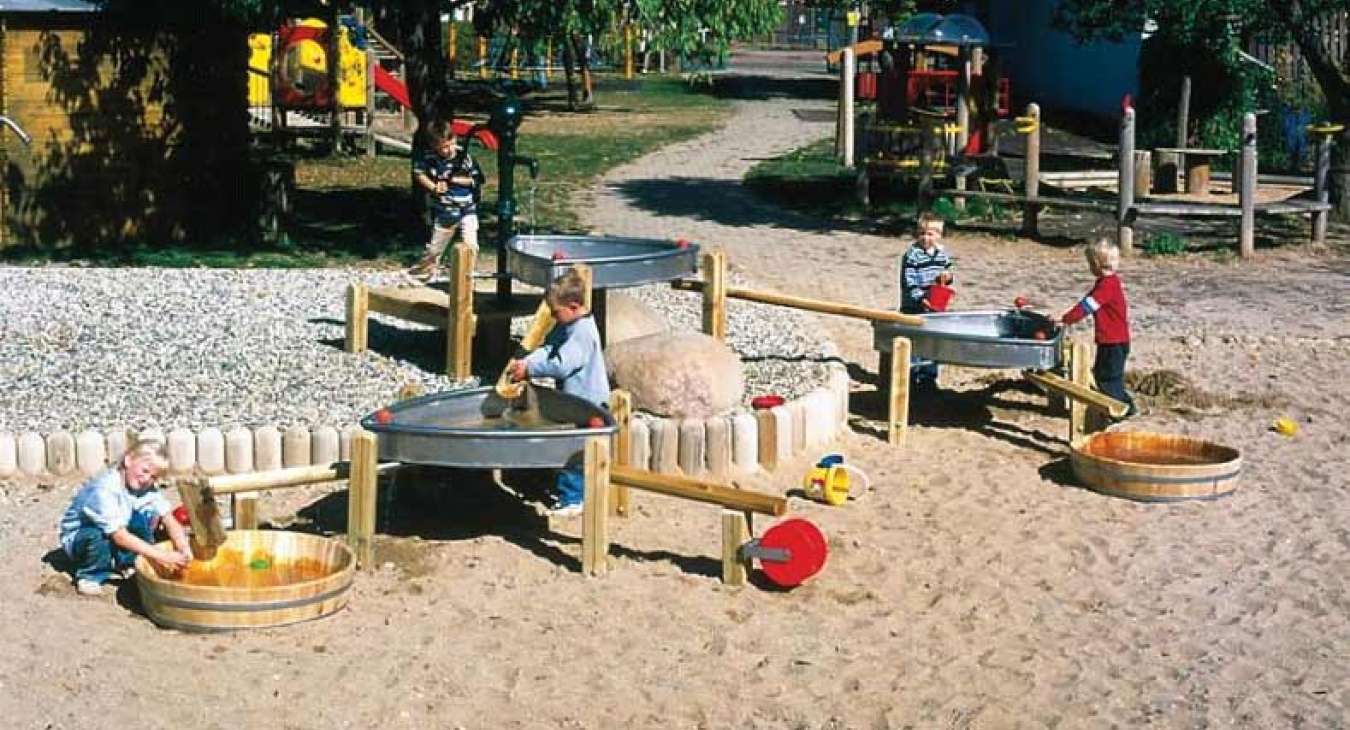
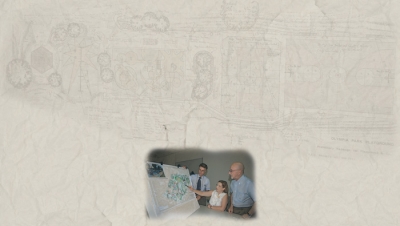

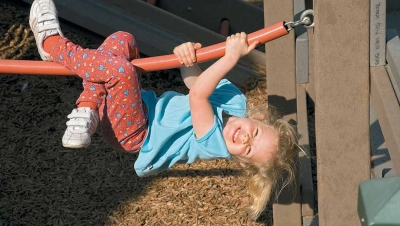



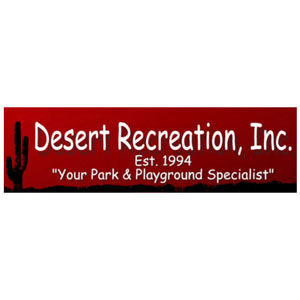

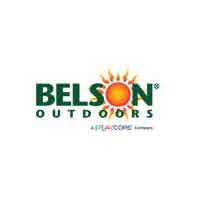





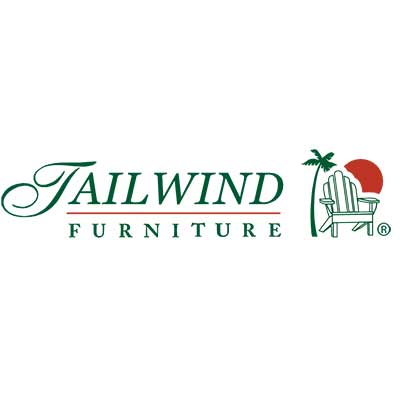

produces the majority of its play apparatus using real trees.
You do not need to go to Germany to find this unique, nature inspired play elements made from real trees, www.bearsplaygrounds.com
Add new comment